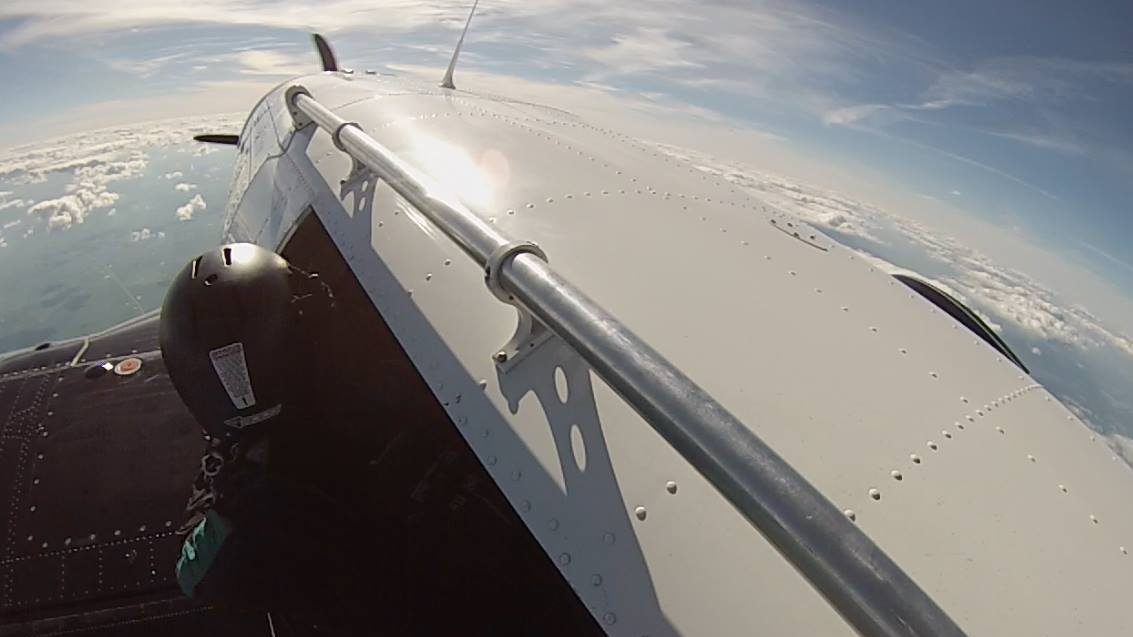“To go upstream is a declaration of agency: I don’t have to be at the mercy of these forces – I can control them. I can shape my world.”
― Dan Heath
The nature for most of us is to think downstream….that is to say, that we are focused on fixing problems. We spend great amounts of time AND money to fix problems. In Dan Heath’s book, Upstream: The Quest to Solve Problems Before they Happen, we are challenged to consider the value that can be found in looking upstream to solve problems before they occur.
In the first chapter, Heath describes the work that call centers do to save money by reducing call time. It’s quite obvious that a two minute call saves money over a ten minute call. However, he also shares the story of Expedia. As they sought to save money at the call centers, they were able to find the primary driver of calls and reduce the call volume from 58% of customers to 15%. How? They sought out ways to solve that problem for customers before they had to call in to Expedia. That’s upstream thinking.
So, why do we struggle to think upstream? Heath proposes several possibilities. The first is program blindness – the tendency to see a problem as just how things are and will remain. Within the text, one example is the low graduation rate of the Chicago Public Schools. While the district is now seeing major improvements, for years it was just accepted that the low graduation rate reflected the community – that is program blindness.
The second hurdle to upstream thinking is a lack of ownership. While program blindness is the inability to see a problem, a lack of ownership indicates that while a problem is known those that could make changes do not accept responsibility or believe it is out of their control. A major hurdle to graduation is the dropout rate. However, many have viewed this problem as purely a student’s choice and out of their control. Chicago Public School employees changed their thinking and started finding solutions.
Heath goes on to identify seven questions that will help empower upstream thinking – if answered and implemented:
- How will you unite the right people?
- How will you change the system?
- Where can you find a point of leverage?
- How will you get early warning of the problem?
- How will you know you’re succeeding?
- How will you avoid doing harm?
- Who will pay for what does not happen?
In the remaining chapters, Heath provides examples of people and teams that thought upstream to solve problems that had not yet occurred. Some of these problems are such that we do not even realize that the work done alleviated much of what could have happened. For example, while there was great suffering in the aftermath of hurricane Katrina, there could have been much more. However, key leaders, government agencies, and private organizations were brought together by the company, Innovative Emergency Management (IEM). So, while many of us saw all the failures during Hurricane Katrina, the reality is that many….many lives were saved due to upstream thinking and planning. Of course, in hindsight, we know that much more upstream thinking was in need on behalf of the city planners and civil engineers. Regardless, IEM answered the questions above and upstream thinking saved lives!
Wherever you live and work…whatever you do for a living or for meaning…you can engage in upstream thinking. You’ll need to look forward. You’ll need to work with others. You’ll need to “think outside the box” and engage creativity. If you’ll do these things…maybe you can engage upstream thinking and make a difference!


